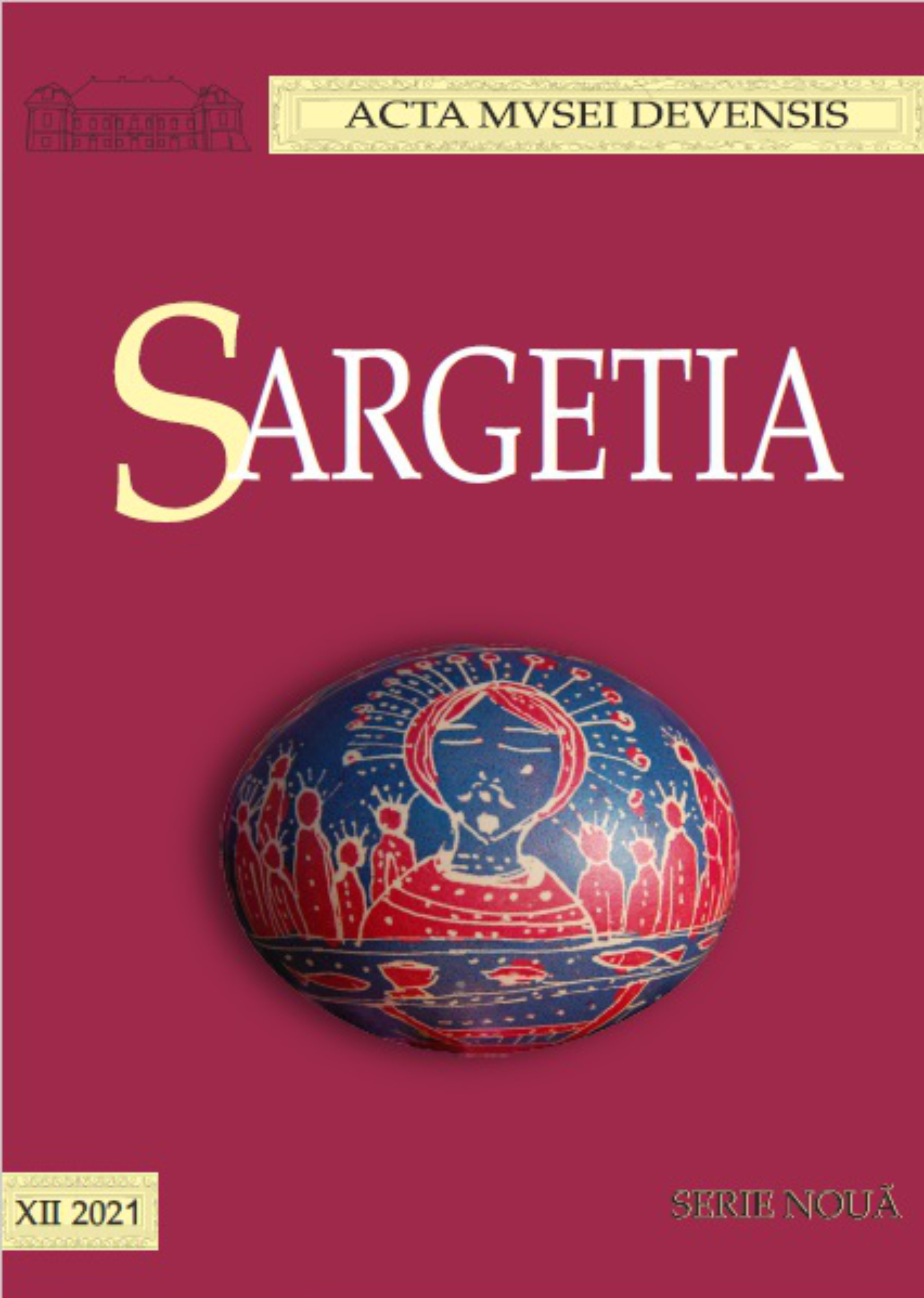Topografie, condiţii climatice şi amenajarea spaţiului. Note cu privire la amplasarea aşezărilor dacice din Munţii Orăştiei
Topography, Climatic Conditions and Landscape Modification. Observations Regarding the Placement of Dacian Settlements in the Orăştie Mountains
Author(s): Edmond NogyiSubject(s): History, Archaeology, Environmental Geography, Maps / Cartography
Published by: Editura Altip
Keywords: terraces; topography; Dacian settlements; Sarmizegetusa Regia;
Summary/Abstract: As it is well known, in the literature one can find observations which state that Dacian settlements in the Orăştie Mountains were placed in certain “sunny” spots (Pl. I/1). At the settlement on top of Dealul Grădiştii (Sarmizegetusa Regia), it is known for example that the southern slope of the hill is the most suitable for living. Although interesting, the observation deserves a bit of investigation because Sun exposure changes throughout the year, as the position of the Sun changes from the observer's perspective. At the same time, on certain days certain sunny spots may have longer exposure than others depending on the configuration of the local terrain and the current season. The aim of the following study was therefore to verify those observations via computation, through a series of simulations which estimate the duration of direct Sun exposure for each topographic spot from the area, in the first day of each month throughout the year, for year 100 A.D. That was accomplished in GRASS GIS, with the r.sunmask module, which calculates the distribution of the shadows resulting from the local topography and the specified Sun position. For local topographical representation the SRTM 30 m DEM was used, whereas the Sun position was deduced with the Solar Position Algorithm for the aforementioned dates, at 10 minutes intervals. The results showed that the northern slope has no Sun exposure in cold season, whereas the eastern half of the southern slope, together with eastern slope is the sunniest in the cold season. Cold season in this case means early October all the way to early March (Pl. I/2, II/1-2, III/1-2). As summer draws near (Pl. IV/1-2, V/1-2), living conditions on the rest of the southern slope improve, to the point where the entirety of the southern slope becomes very habitable on a larger scale than the eastern slope. Meanwhile, similar changes occur on the northern slope, which likewise becomes very sunny eventually, especially in the western parts, but here, on the northern slope, the changes happen more slowly, more lately. Moreover, as the cold season returns (Pl. VI/1-2, VII), living conditions on the northern slope become very harsh far earlier. Although in warm season (May to September) fairly lengthy Sun exposure exists on every slope, it is in cold season when the local topography becomes crucial for providing satisfactory living conditions, and only the southern and eastern slopes can provide that in this situation. Almost all the known terraces or areas of habitation in this case are located on the southern and eastern slopes, so the observations from the literature proved true, but they only have relevance in the aforementioned context. At the same time, the results showed that the best living conditions on the eastern and southern slopes are located towards the top, in the upper parts. These places have the highest Sun exposure all around the year and it is perhaps unsurprising that the most remarkable constructions and items were found in such areas. These include temples, workshops, aristocratic dwellings, prestigious goods (painted pottery, glass items, amphorae). Overall, the results presented how important the local topography was for providing proper living conditions, and showcased very well how able the inhabitants of Sarmizegetusa Regia were to adapt and live according to the laws of nature. At the same time, it became apparent how persistent the local population, and especially the elites, was to settle into a mountainous area with such a harsh climate. In the next stage, the patterns identified in this study will be further investigated and reviewed by examining other Dacian settlements from the Orăştie Mountains.
Journal: Sargetia. Acta Musei Devensis
- Issue Year: 2021
- Issue No: 12
- Page Range: 9-26
- Page Count: 18
- Language: Romanian

